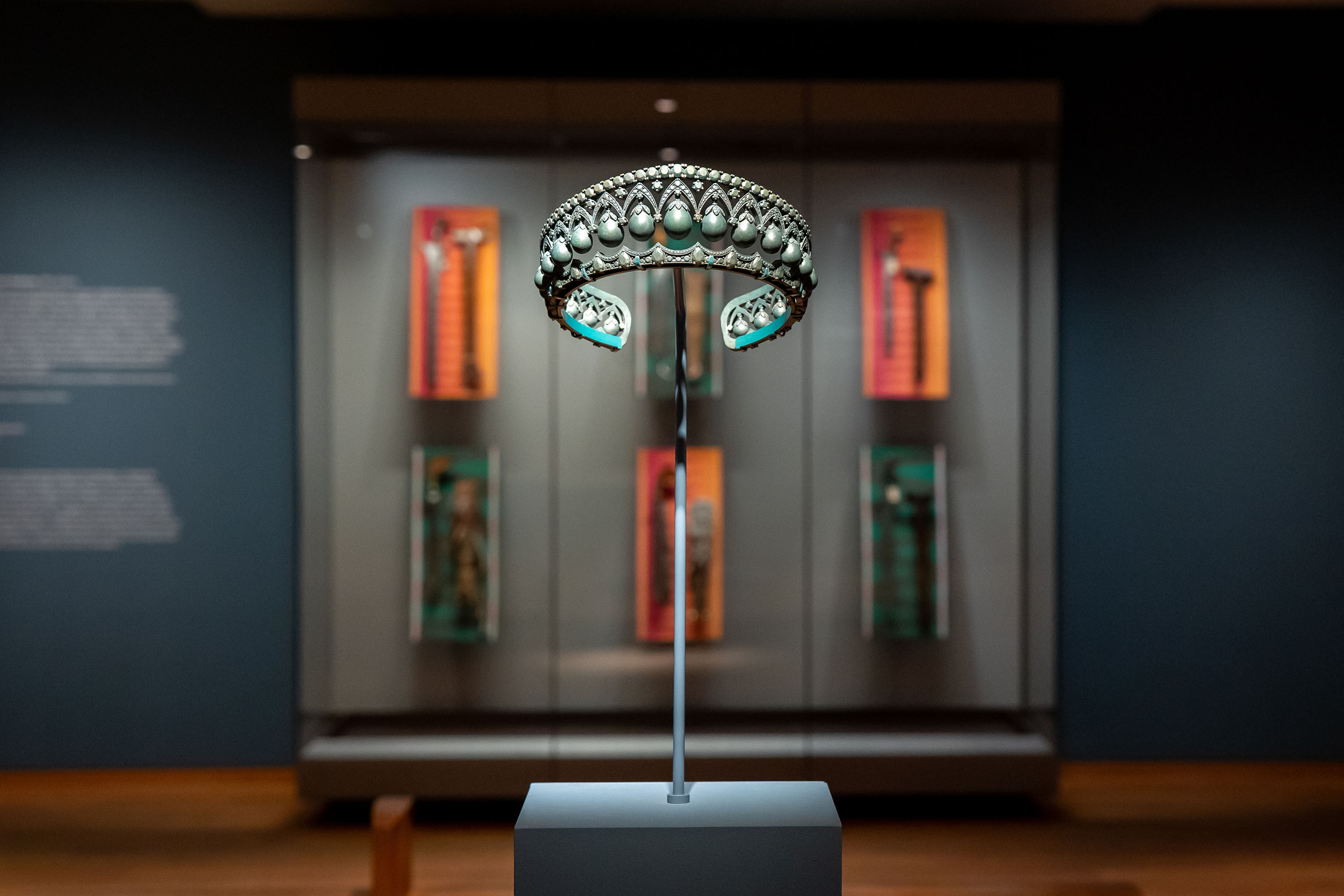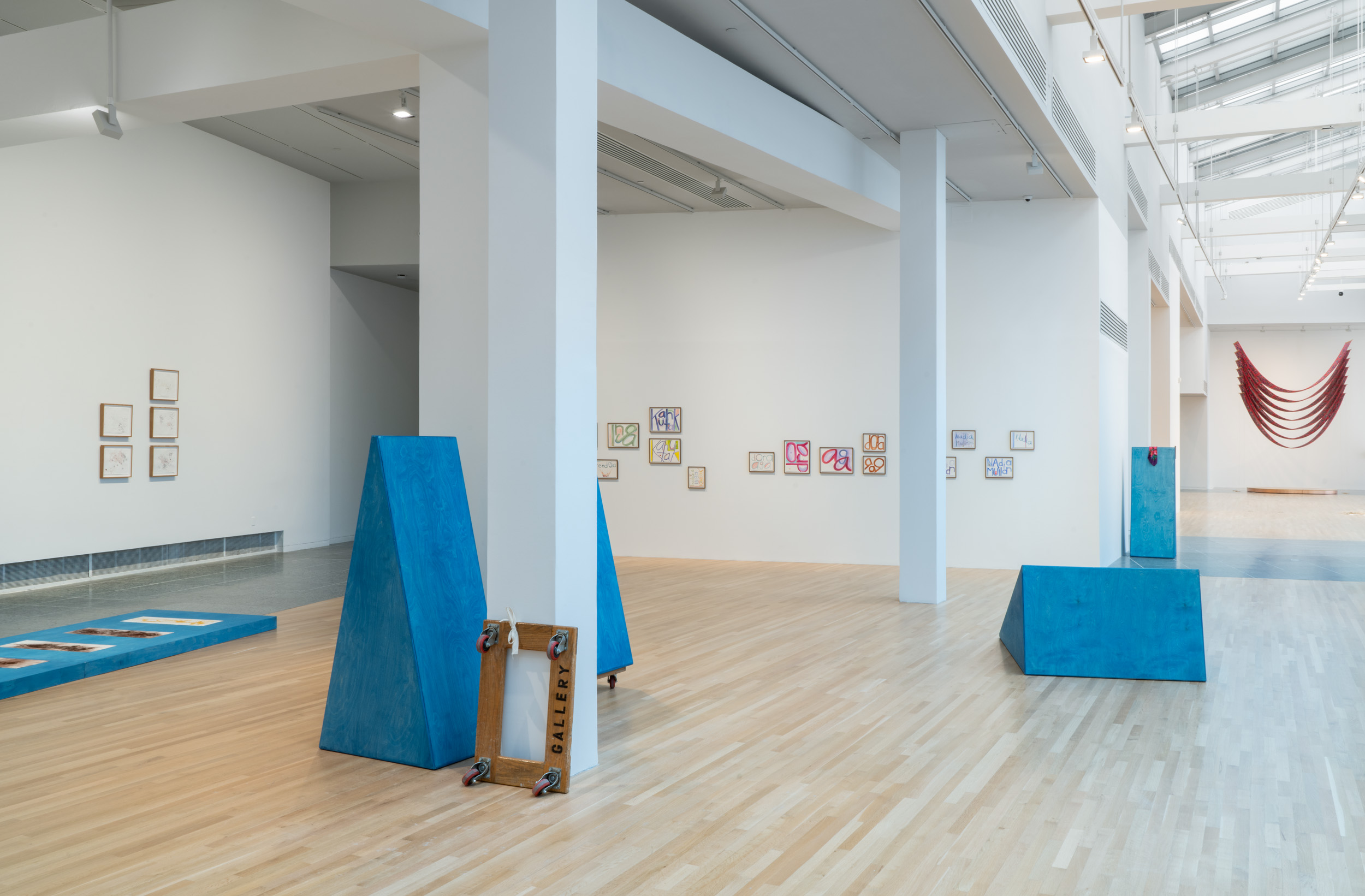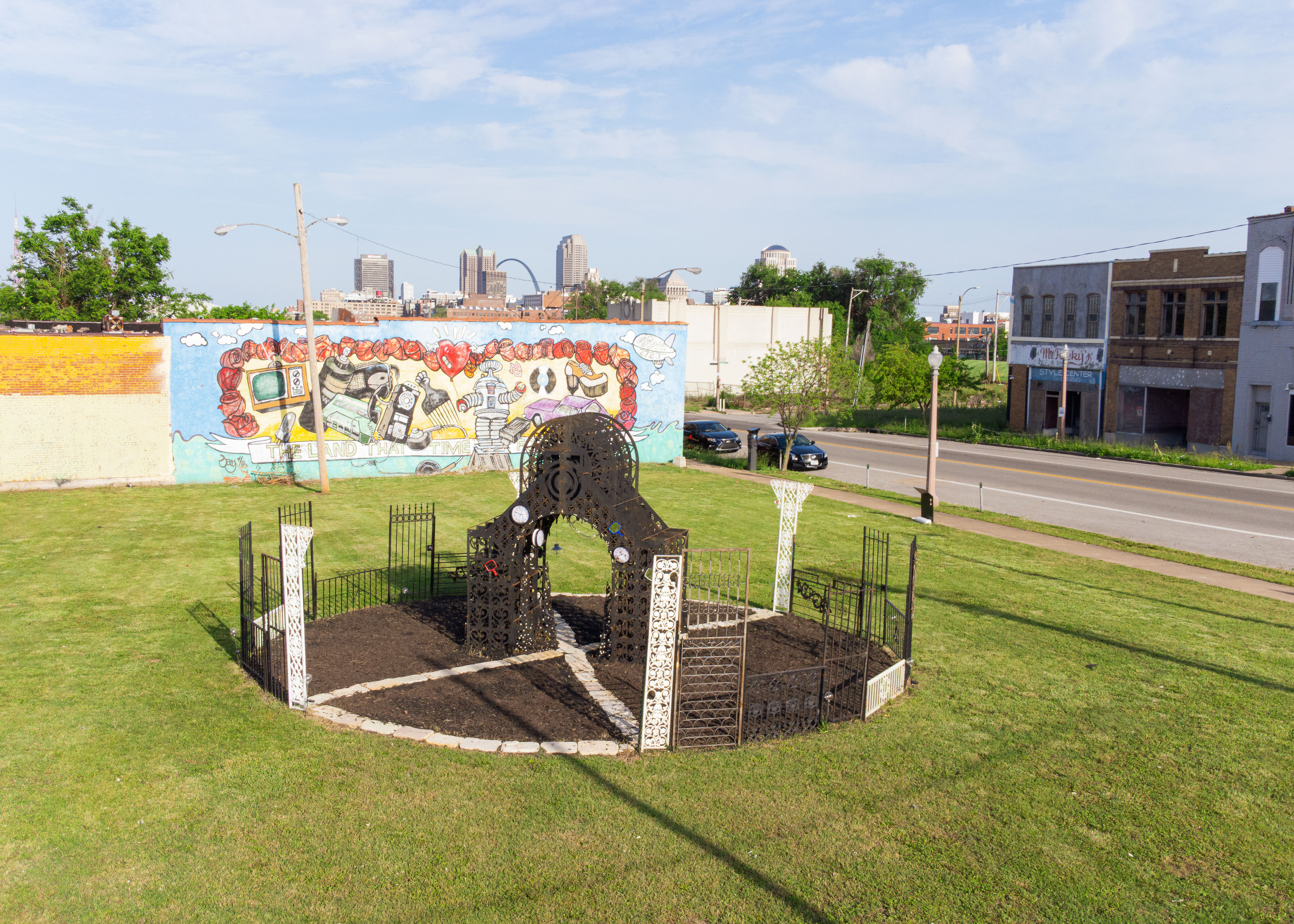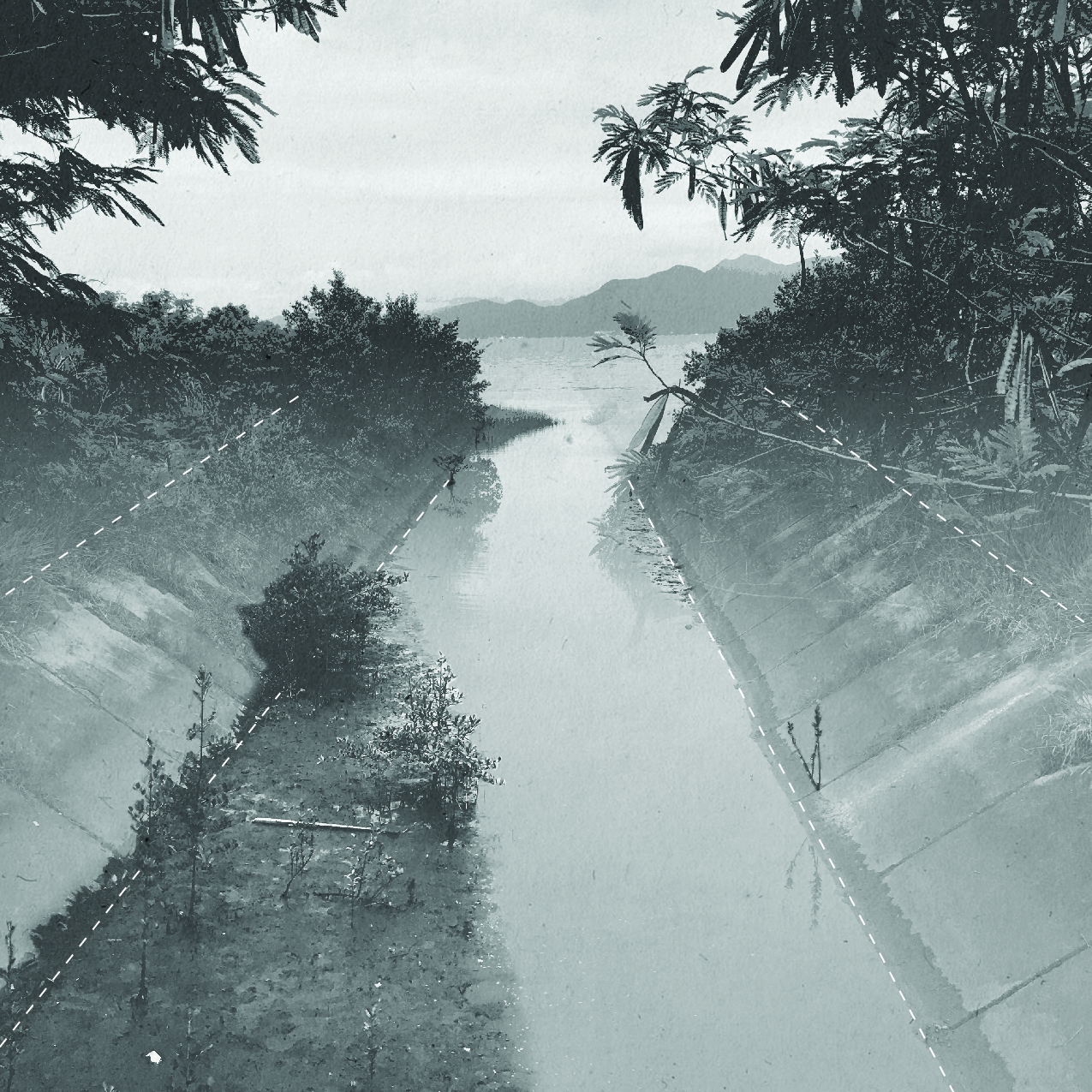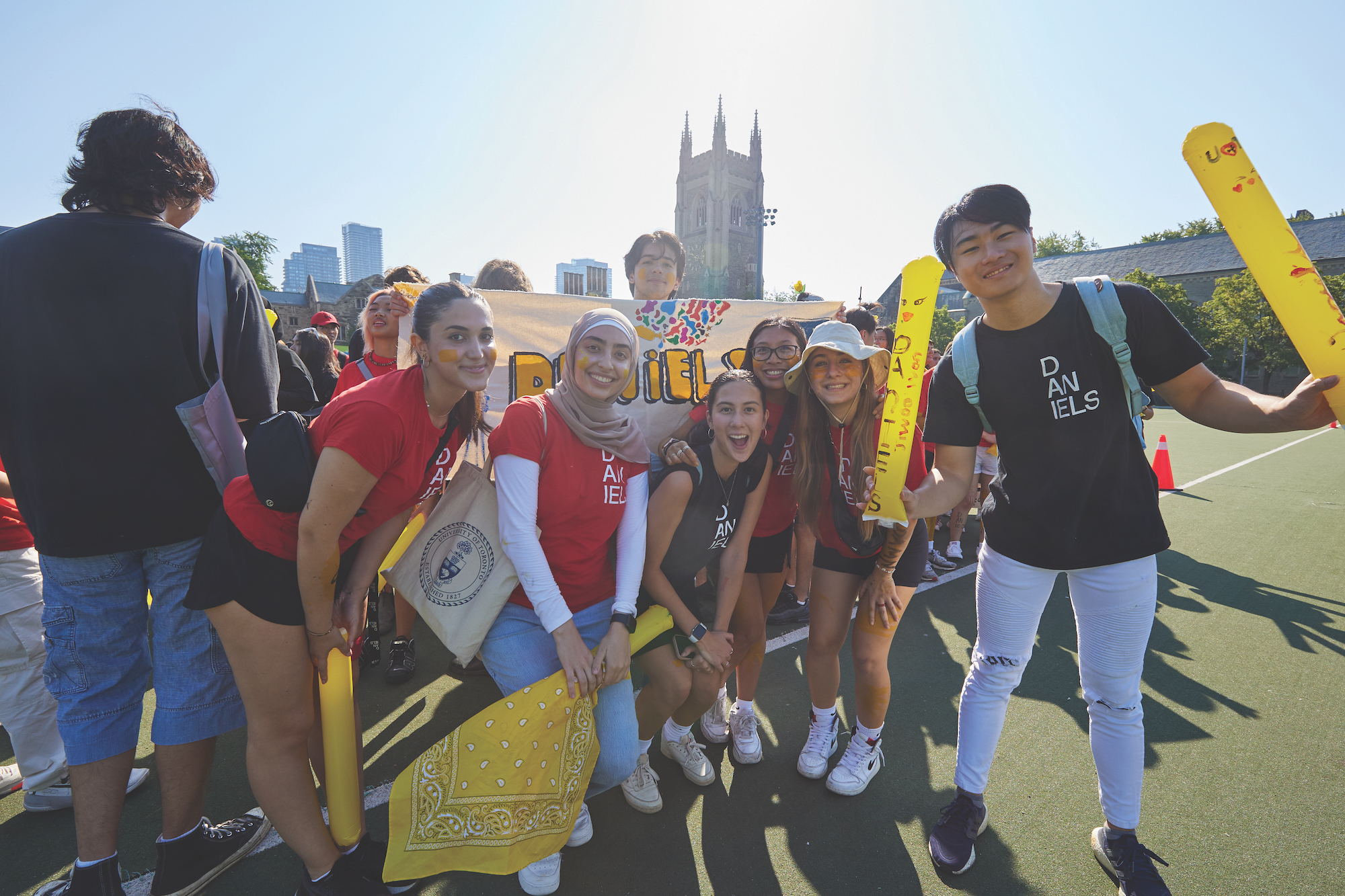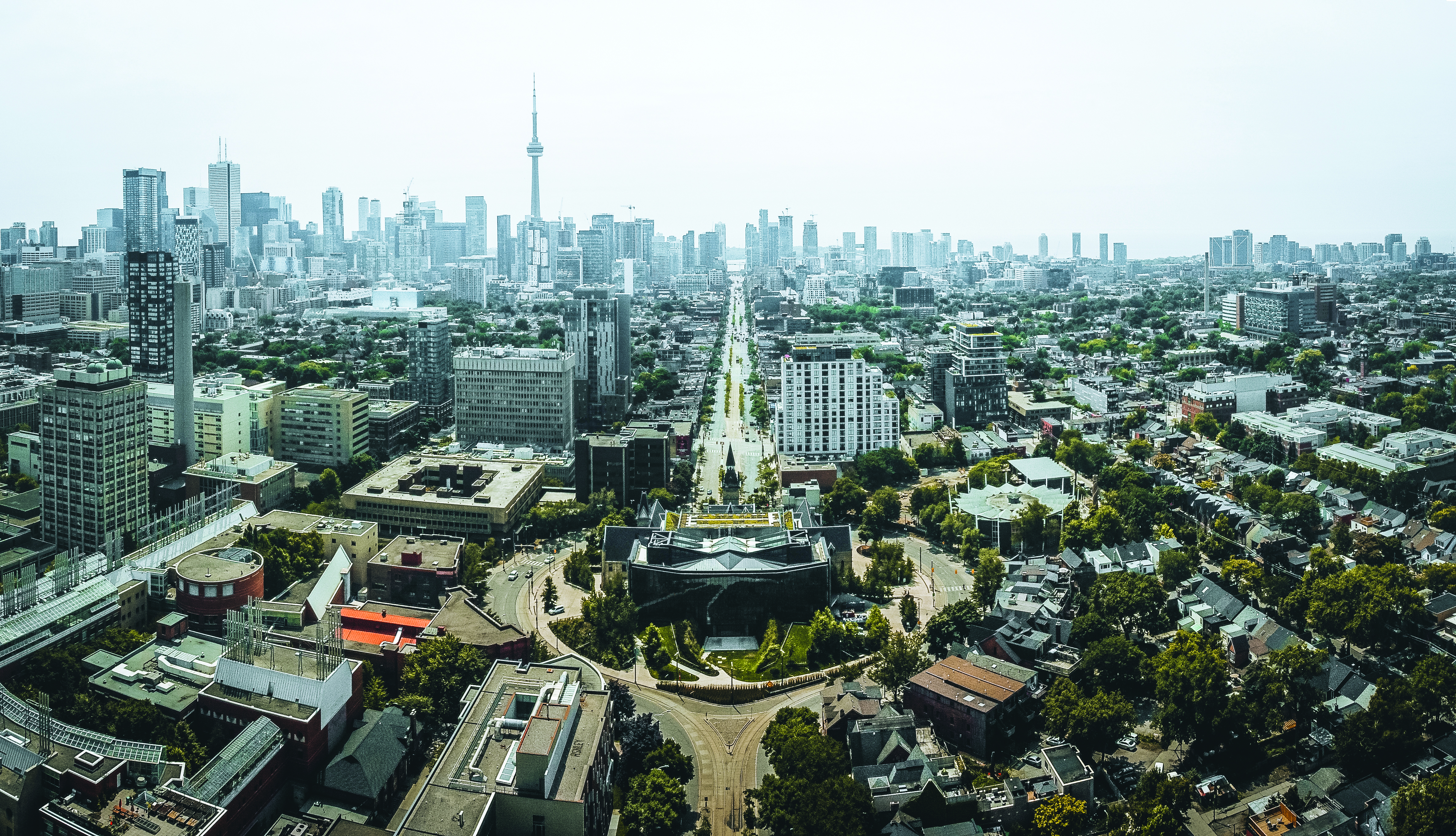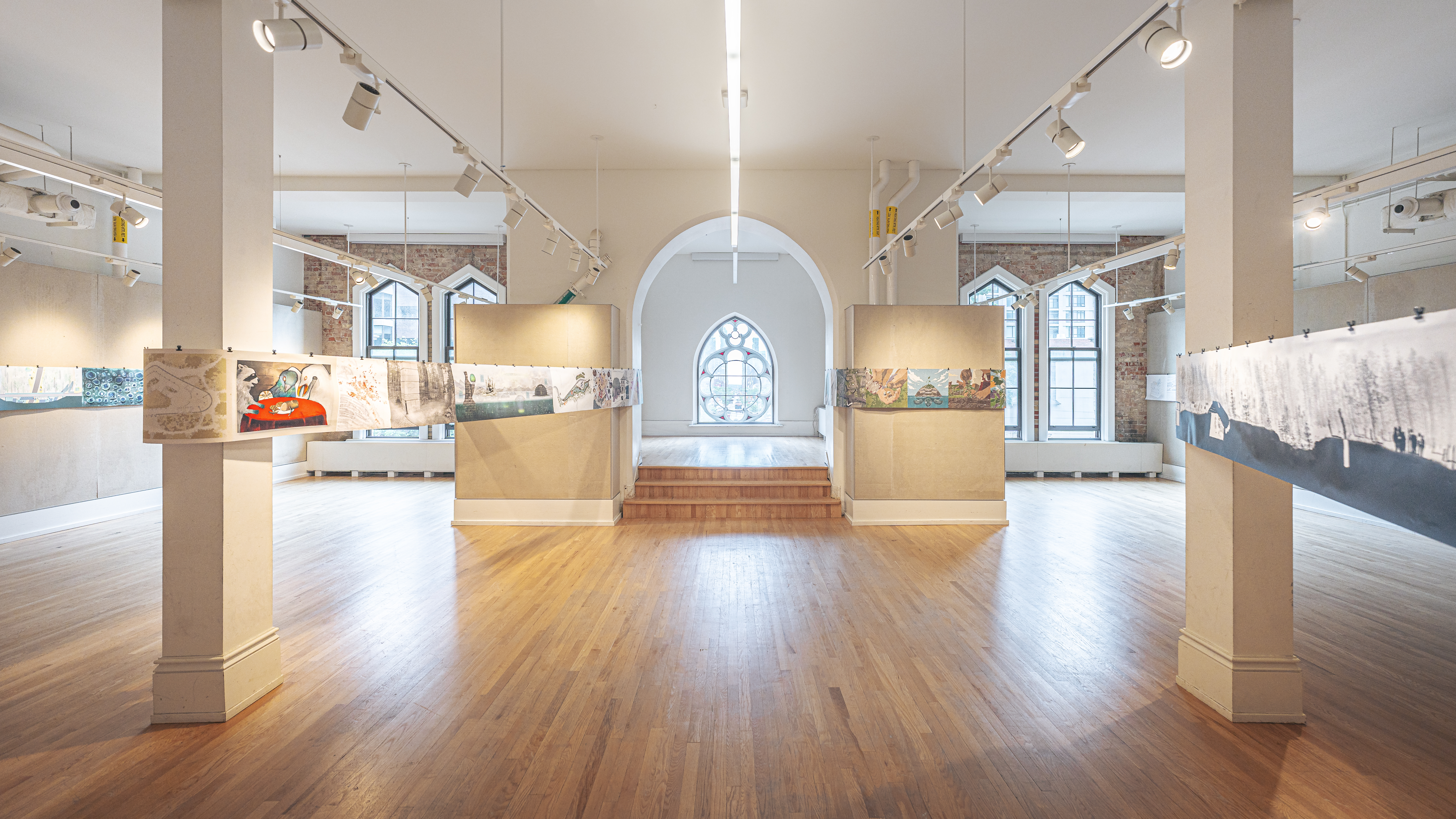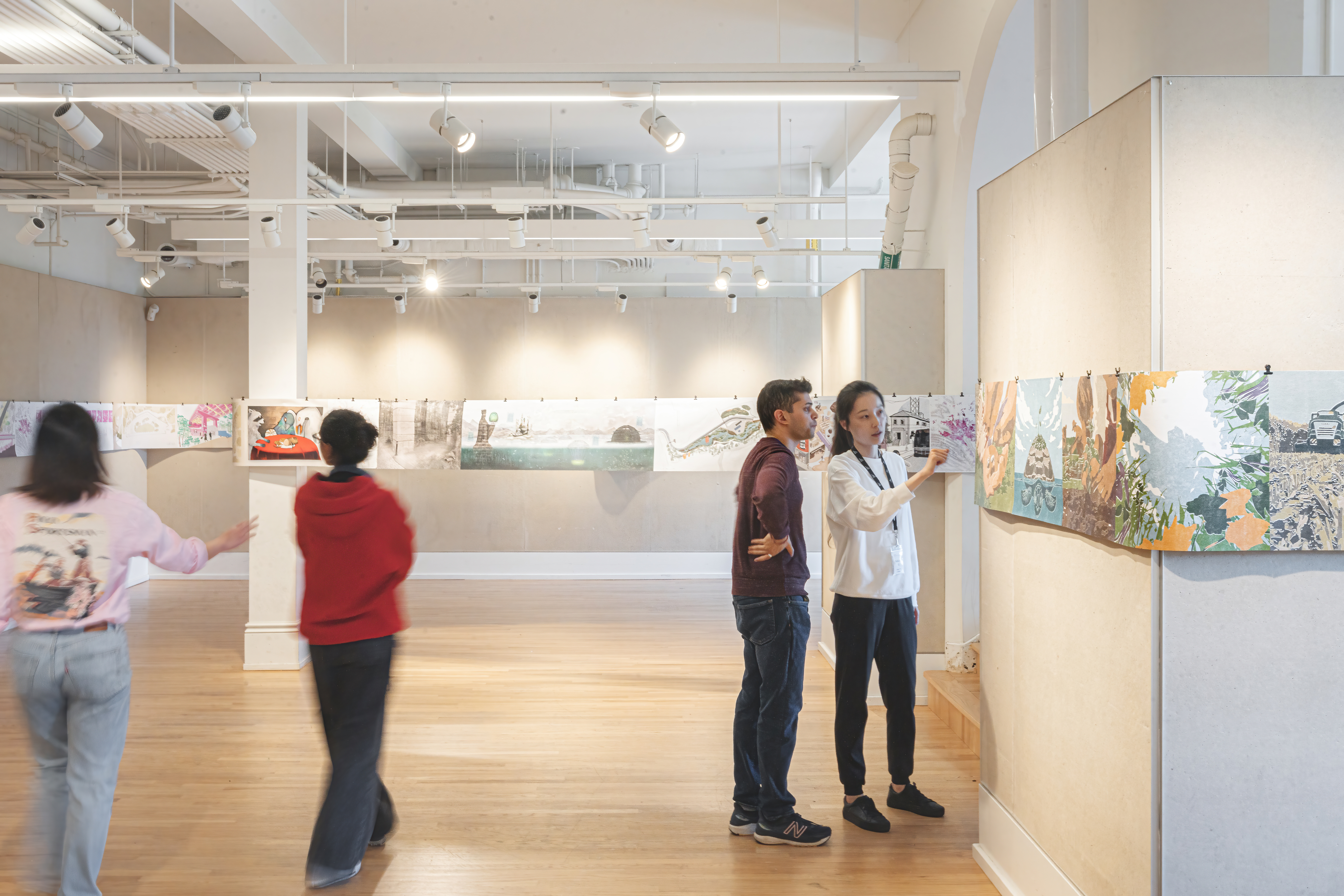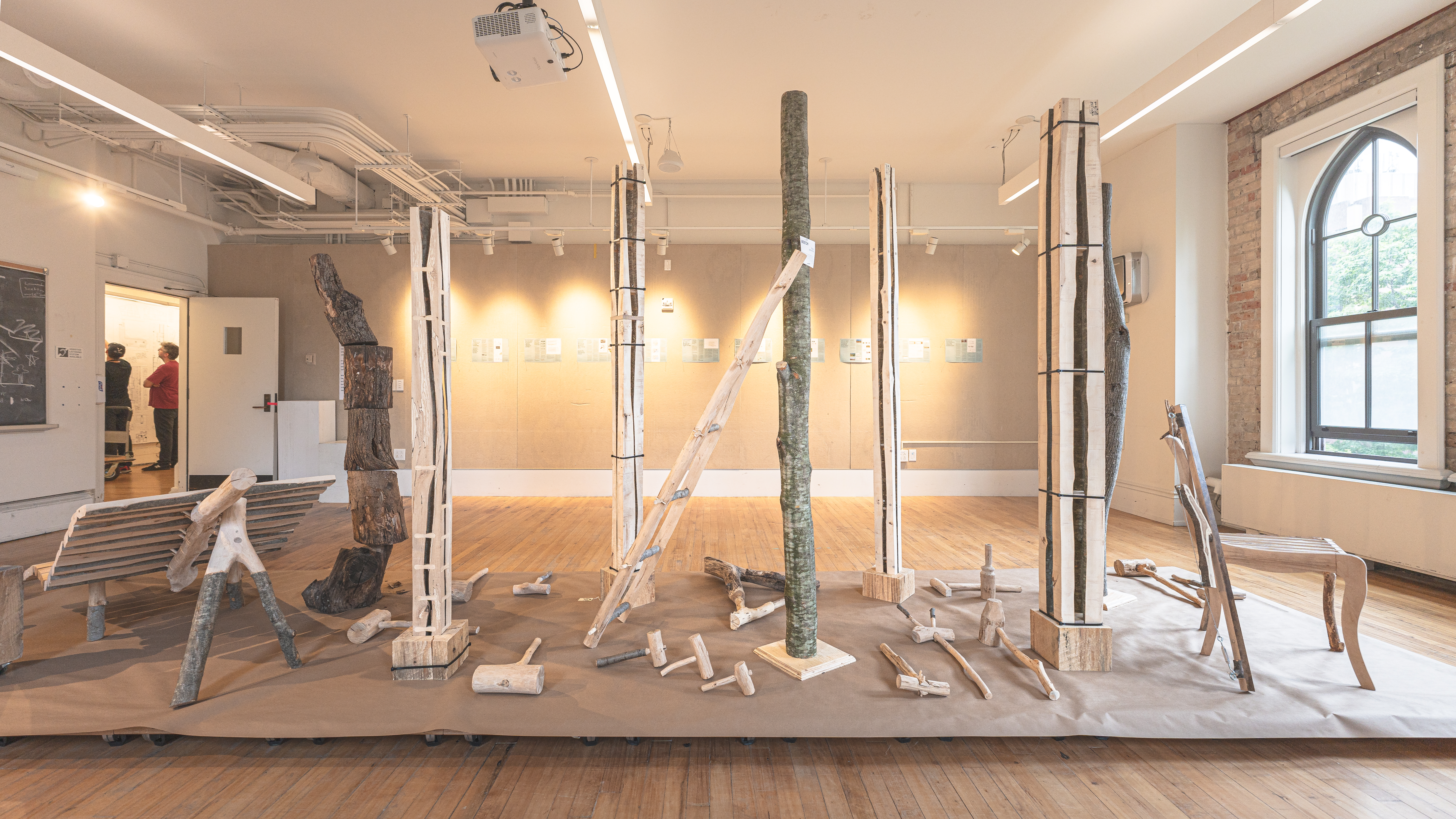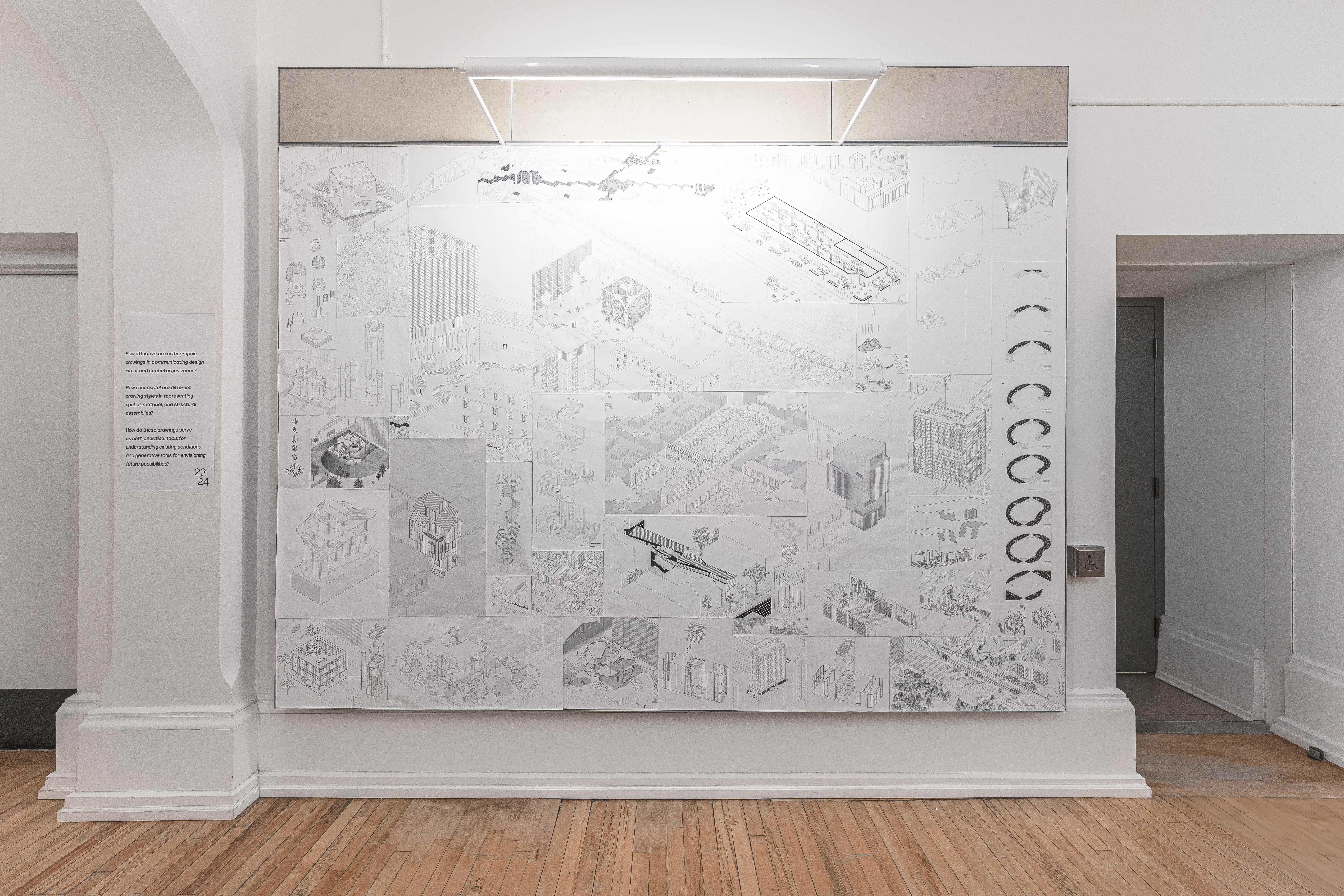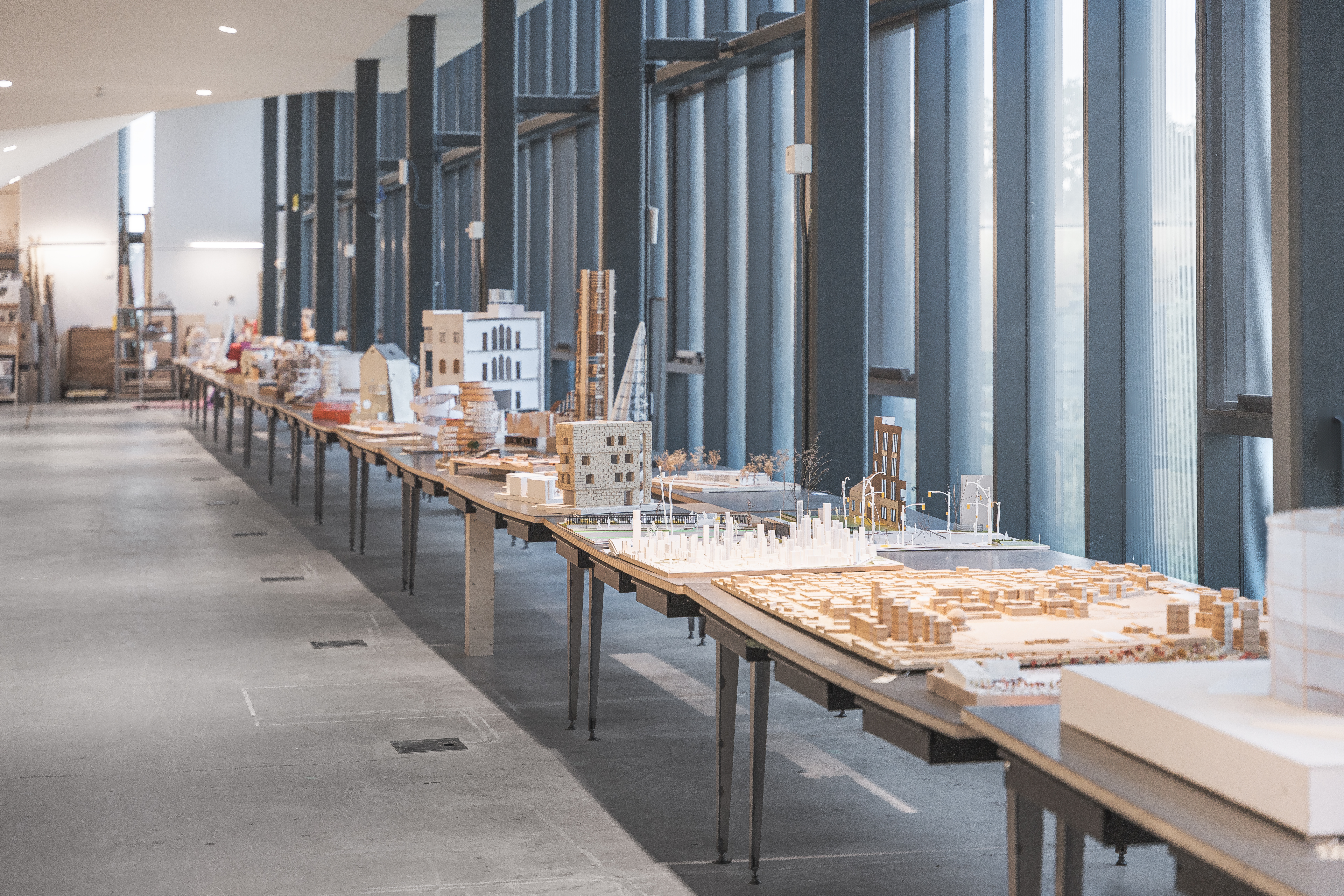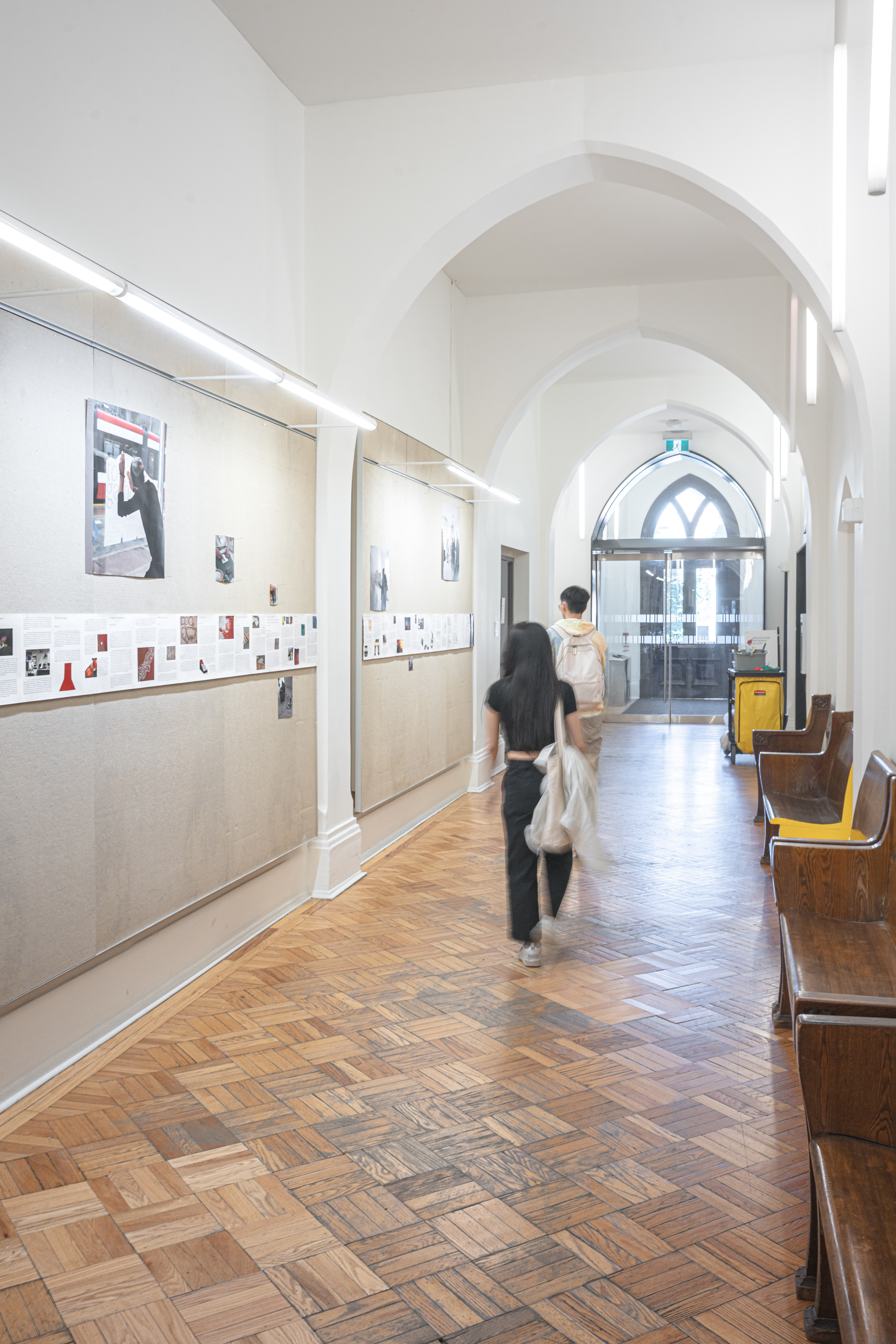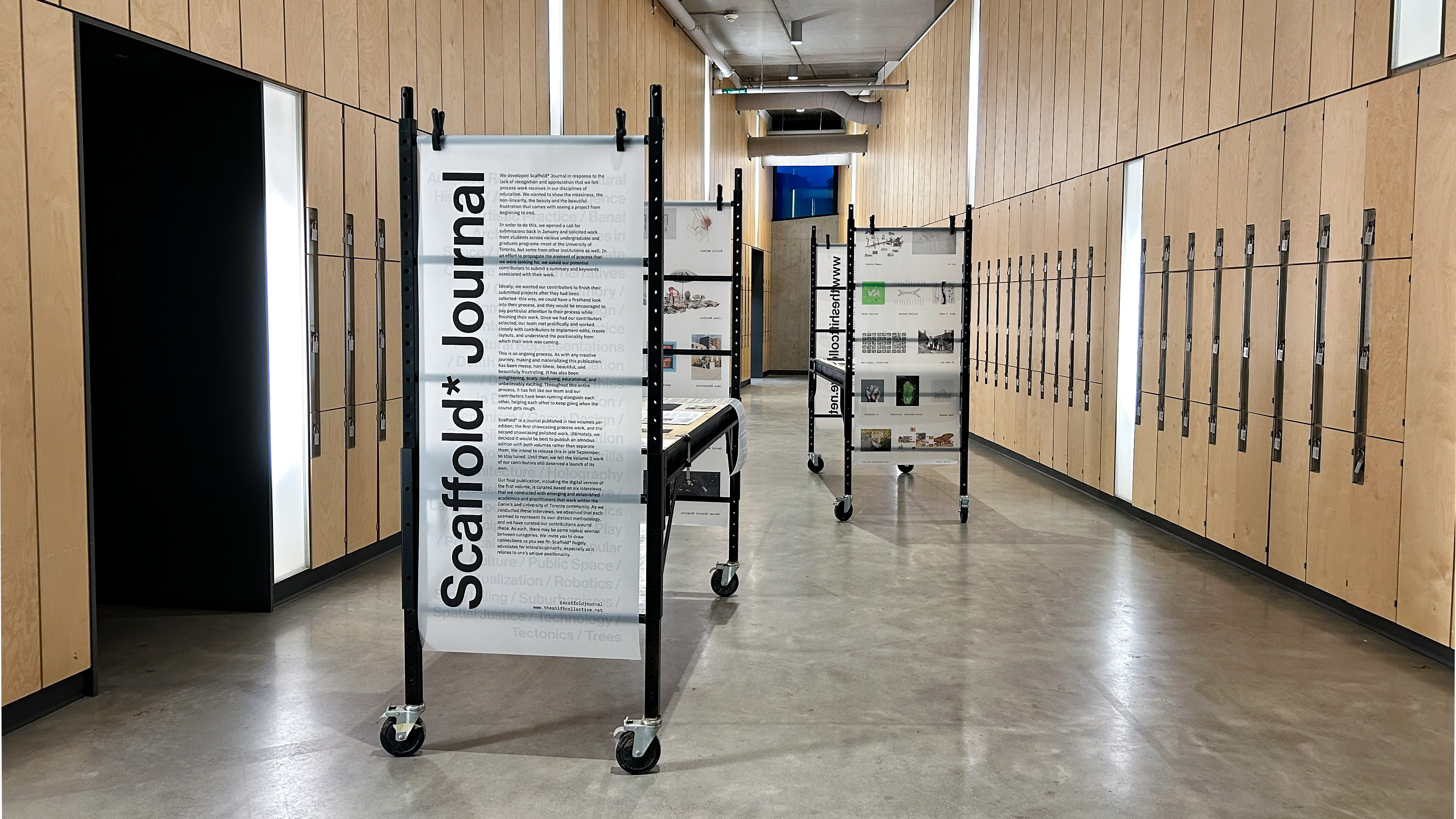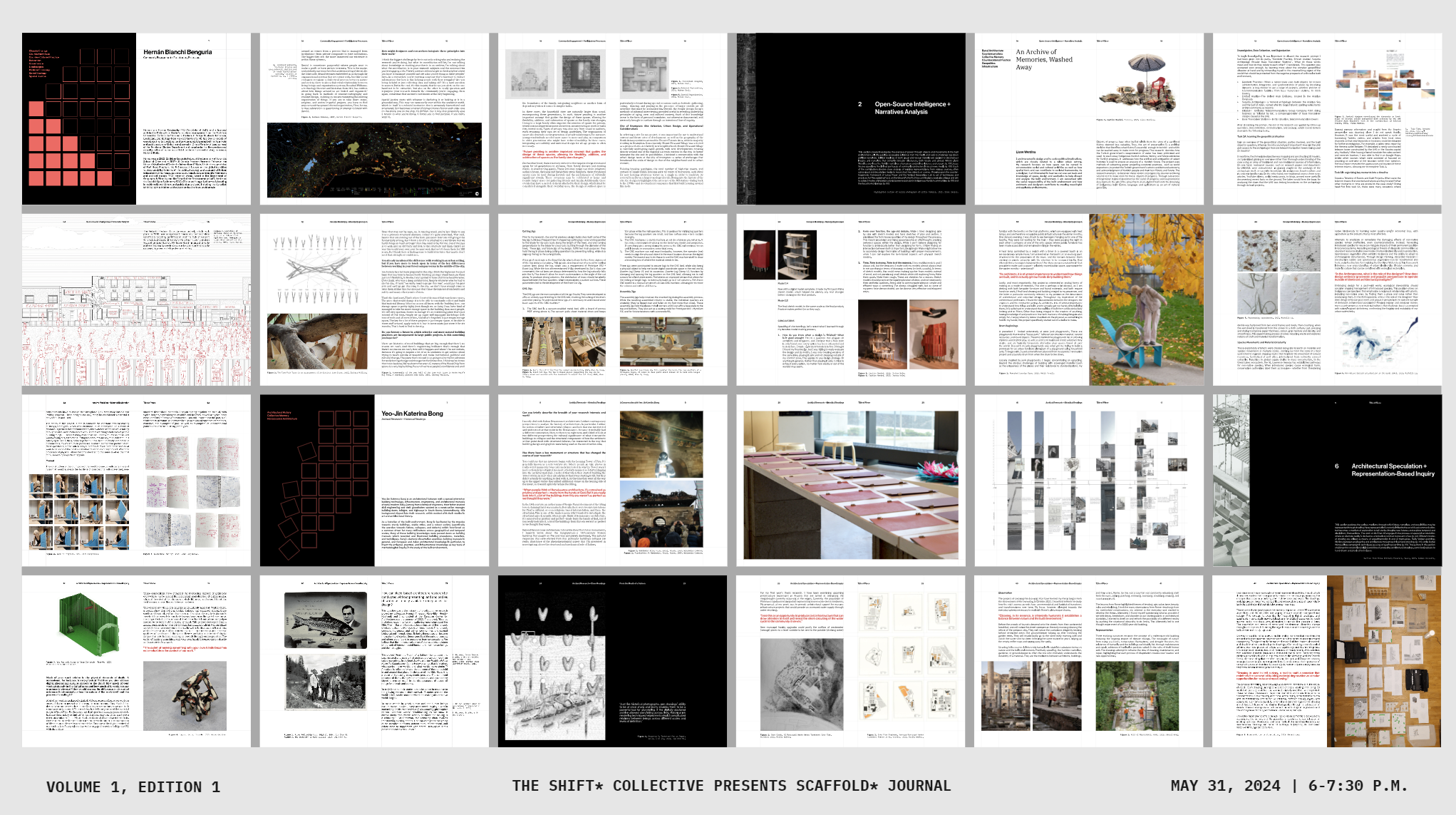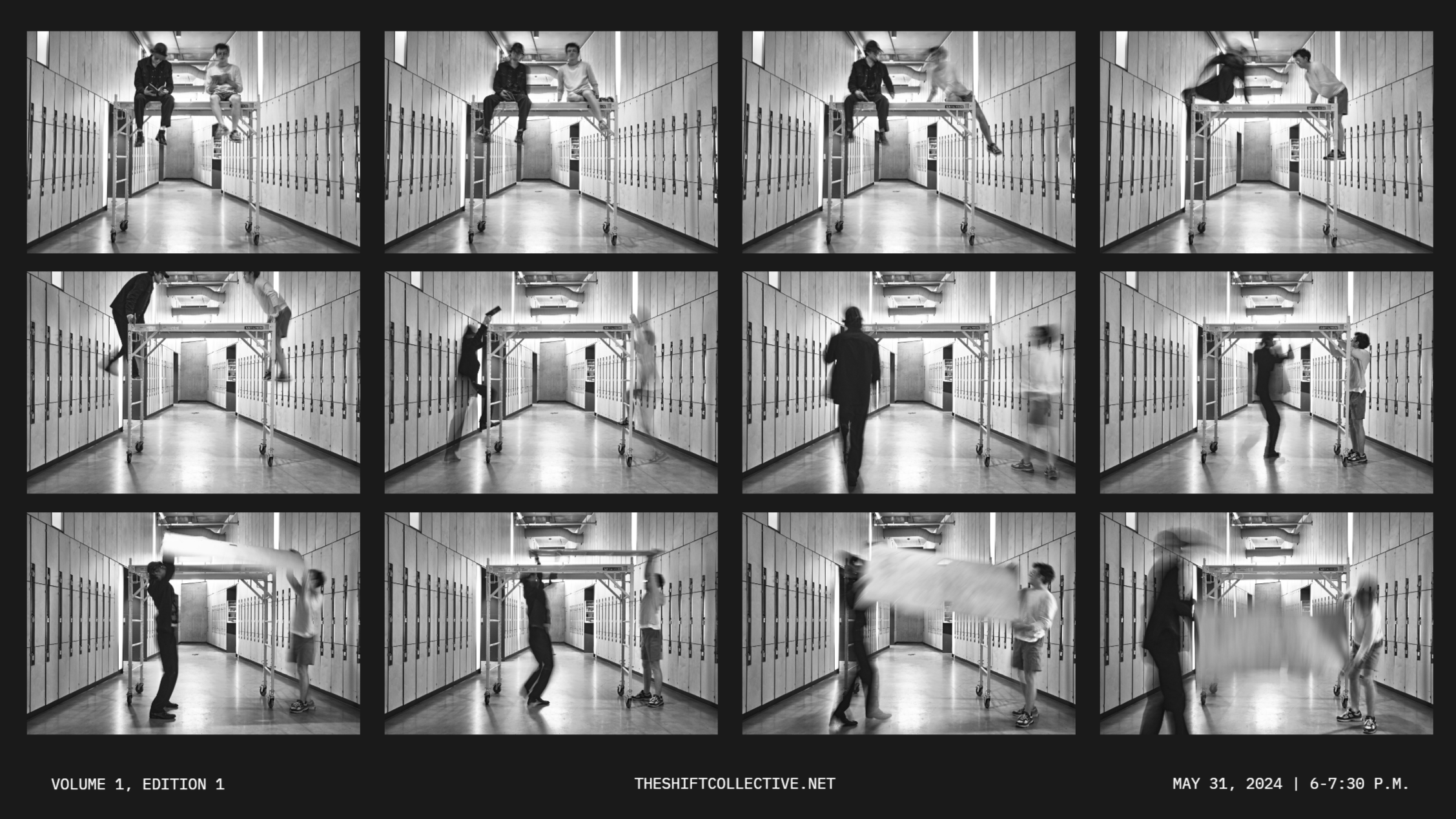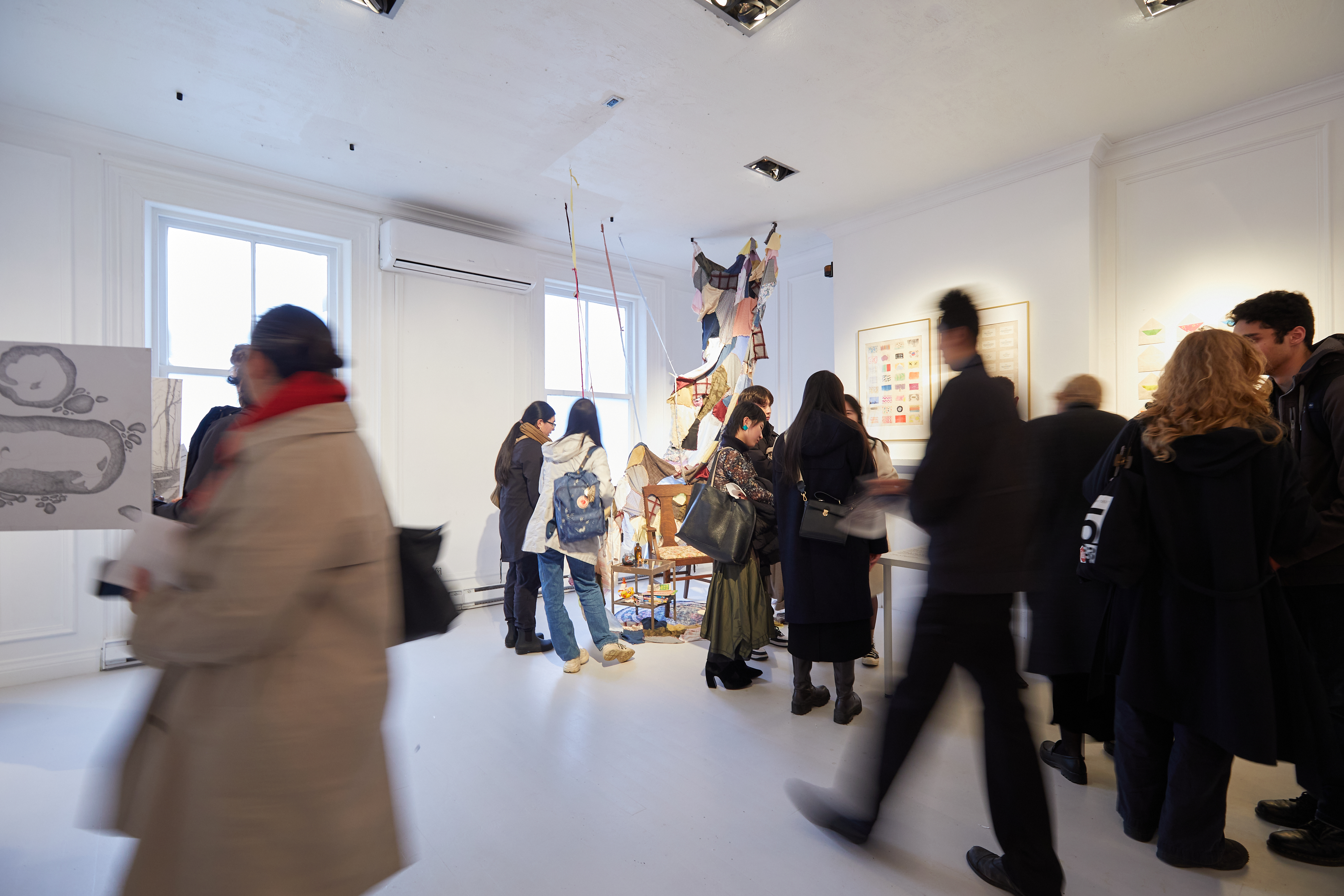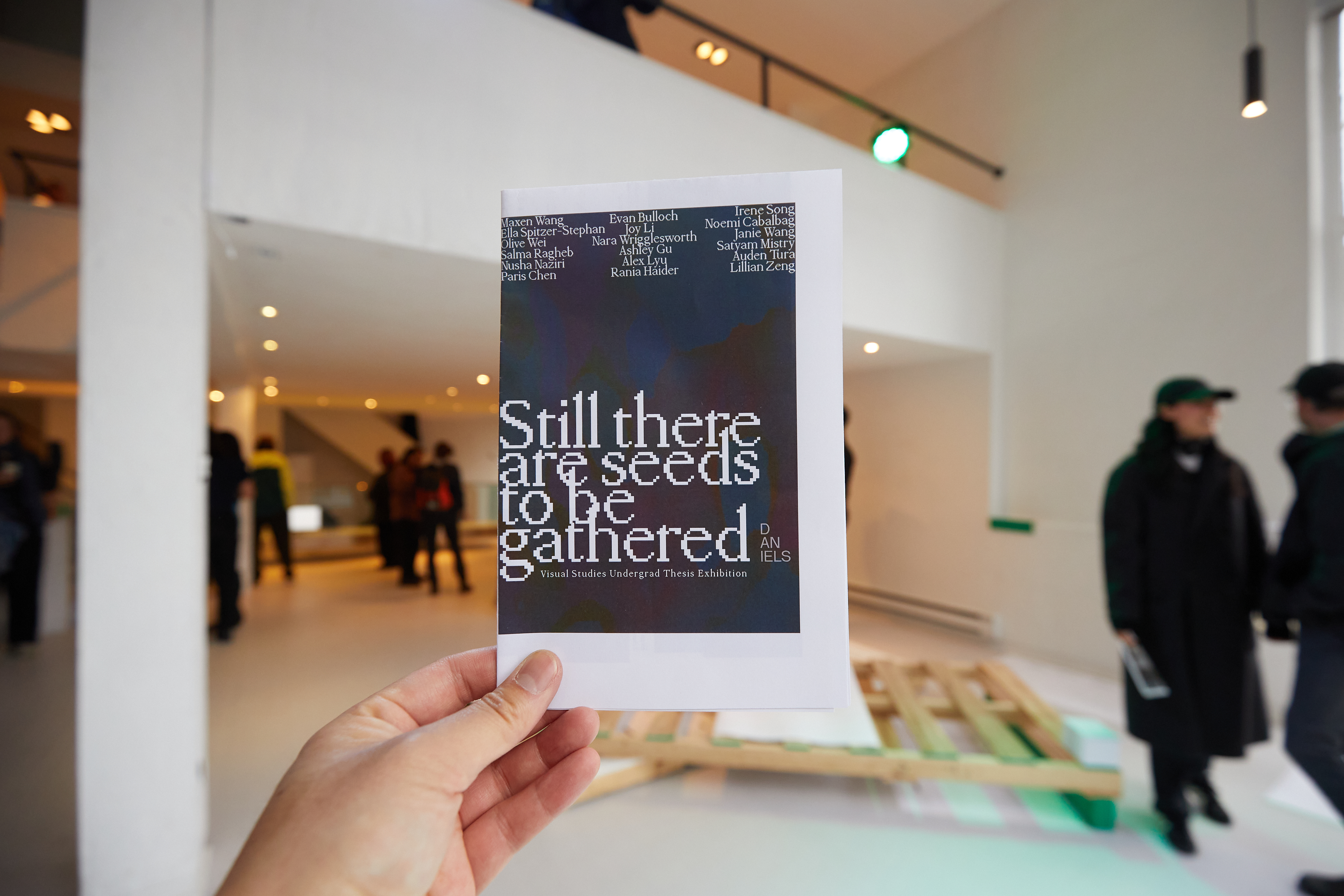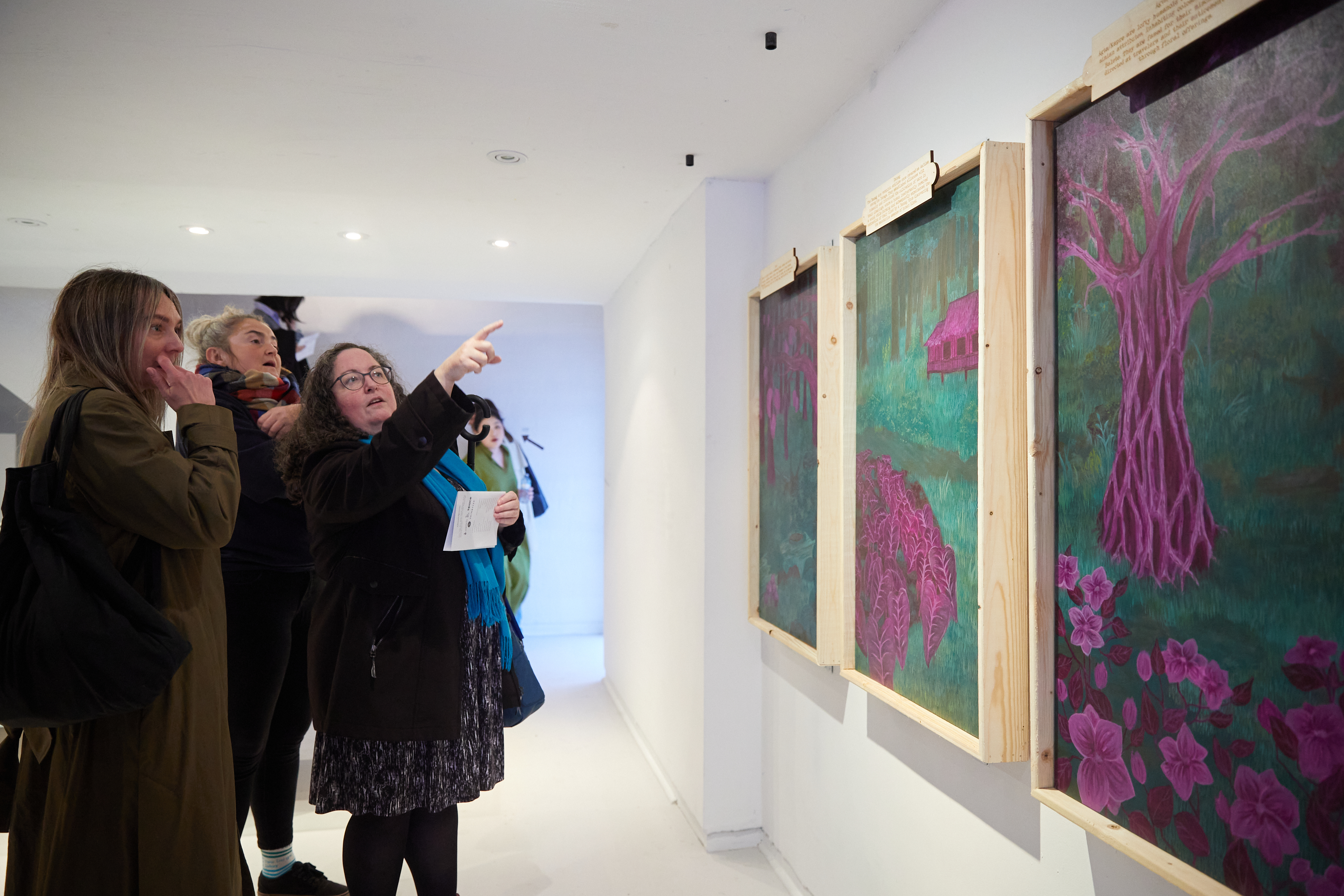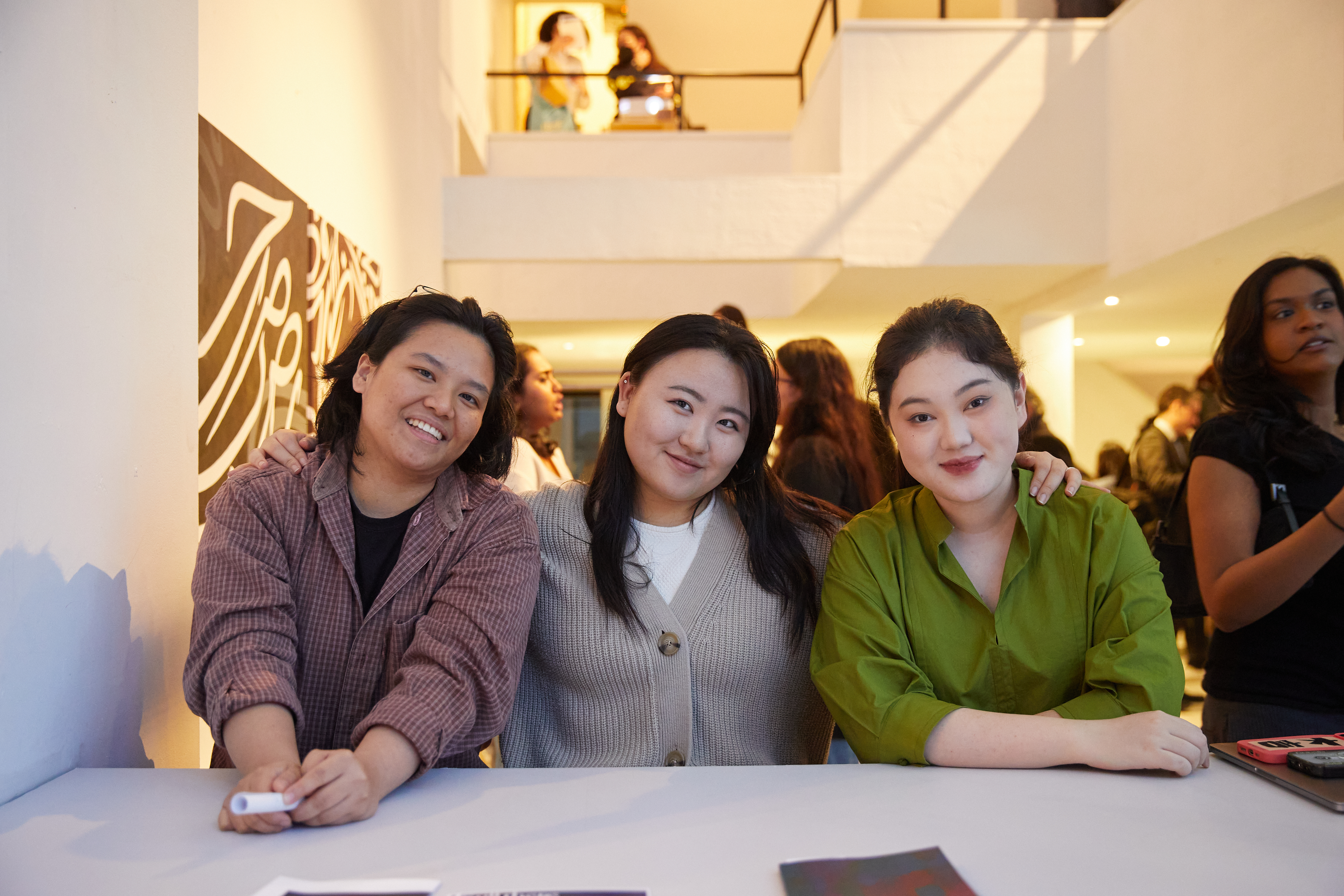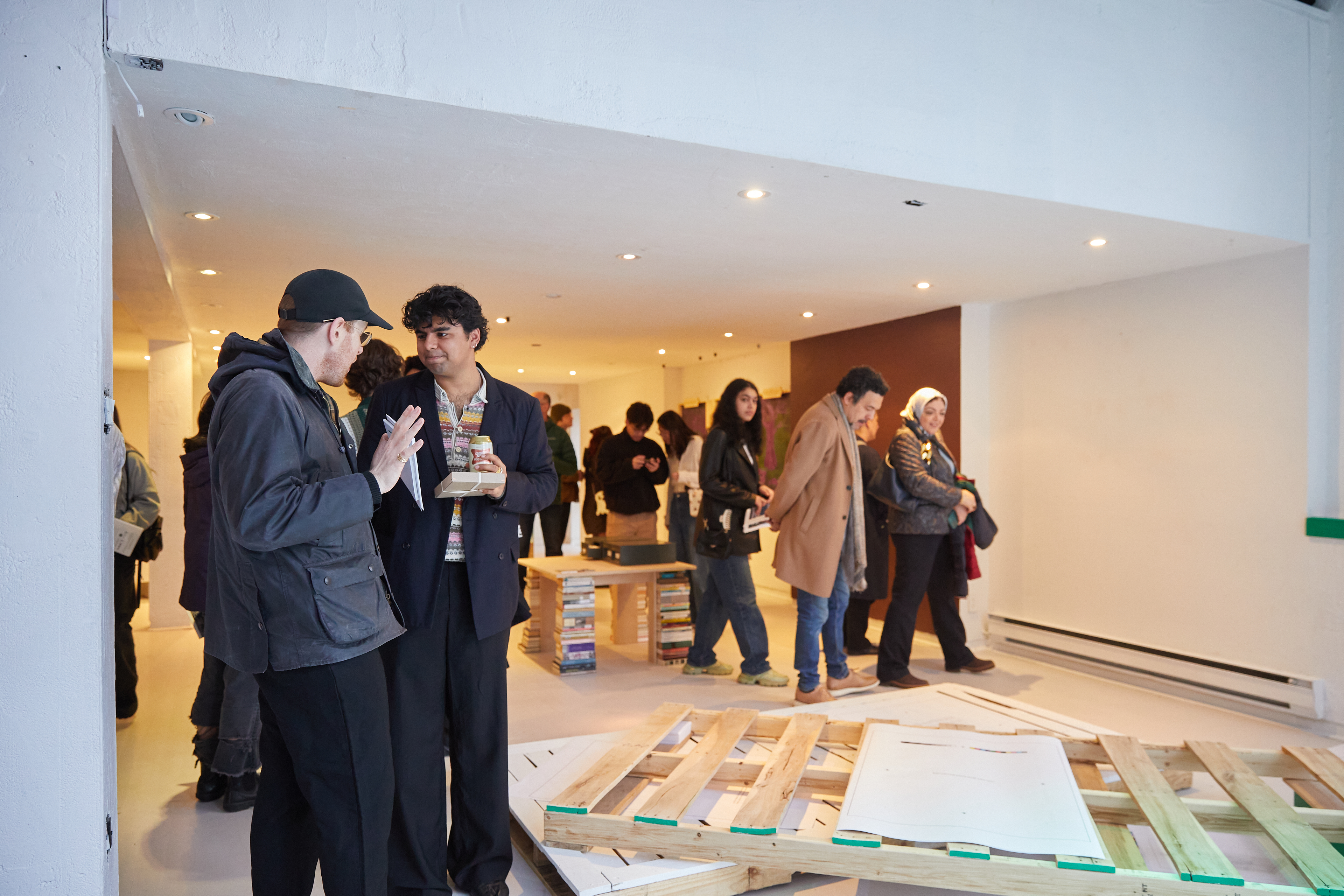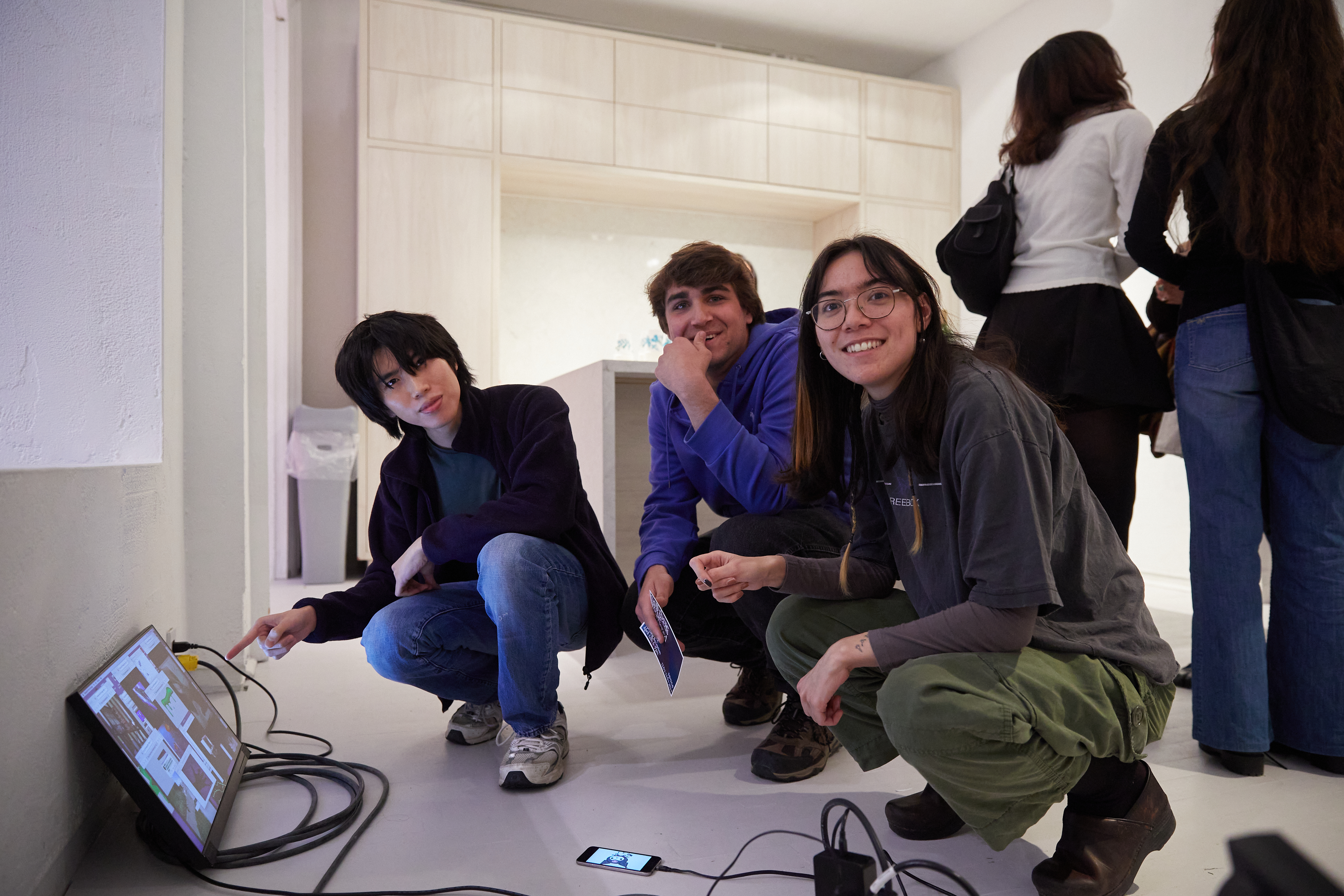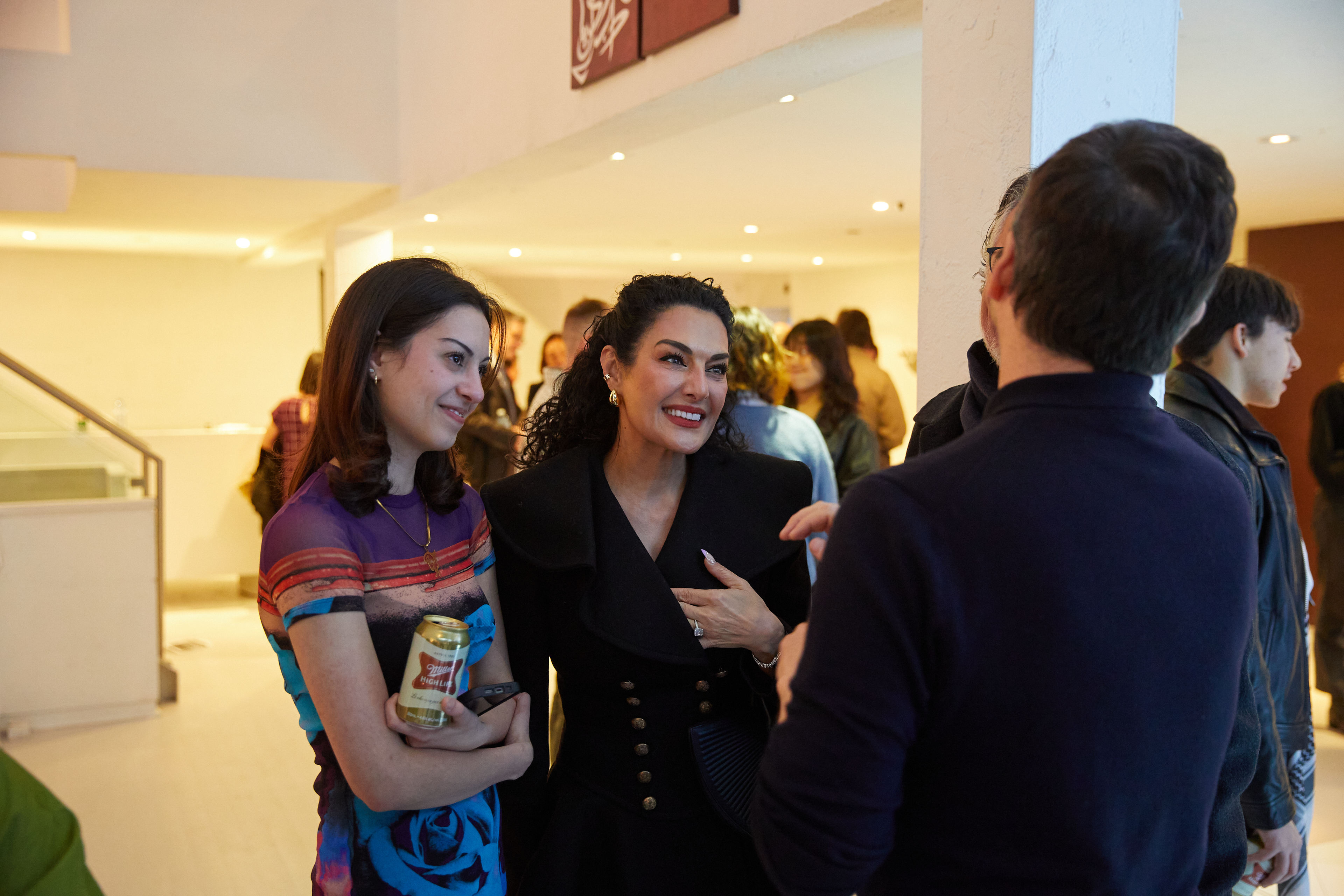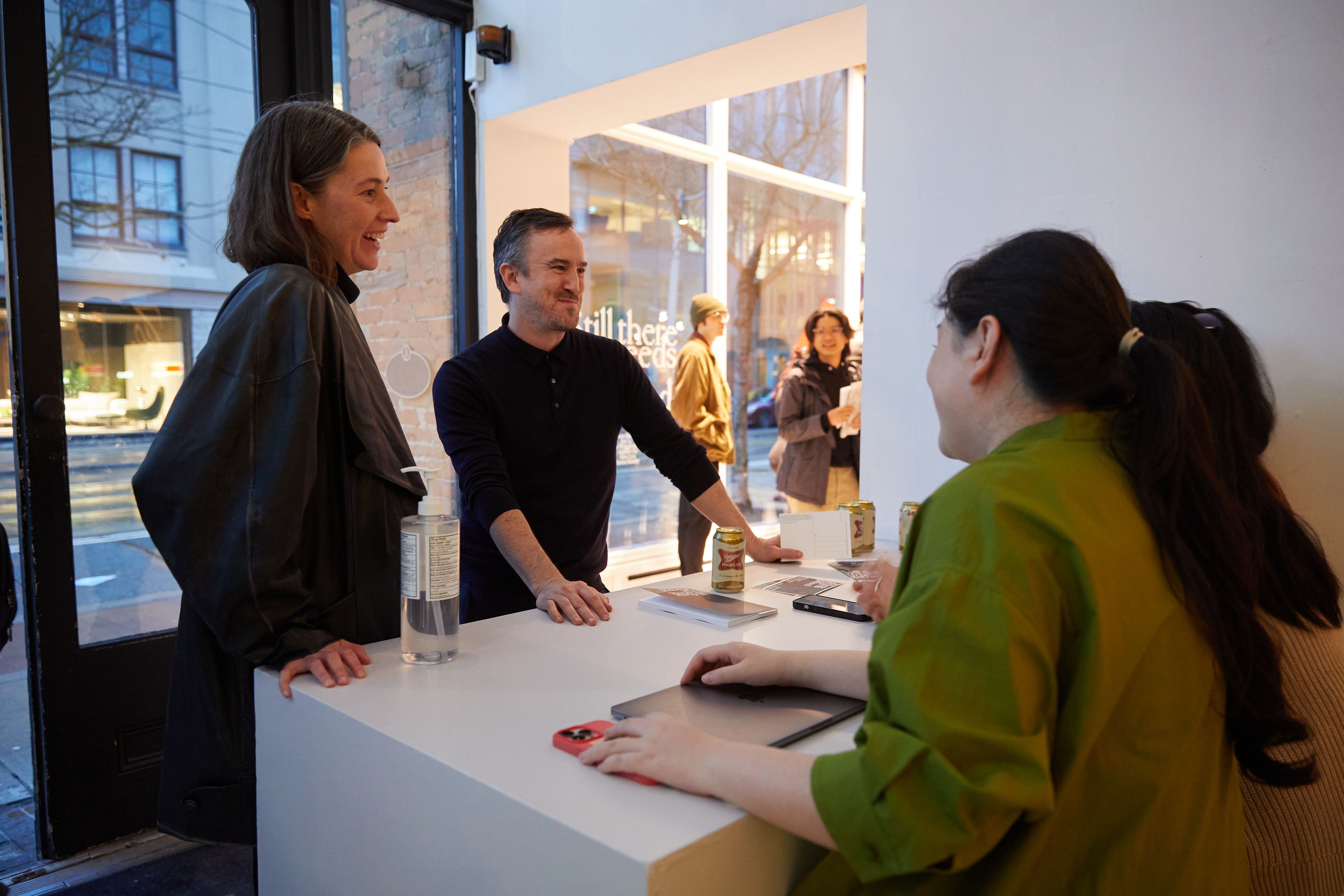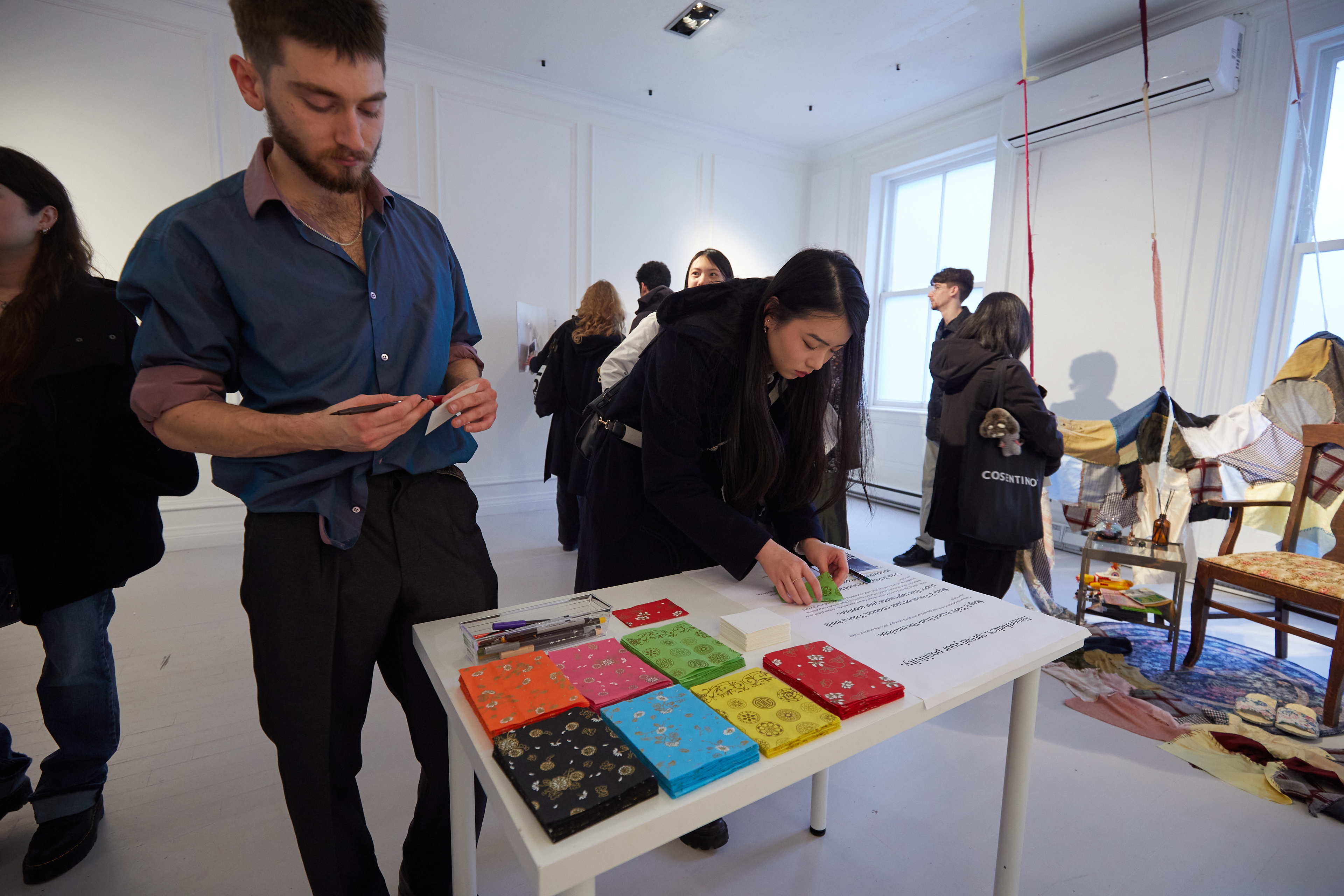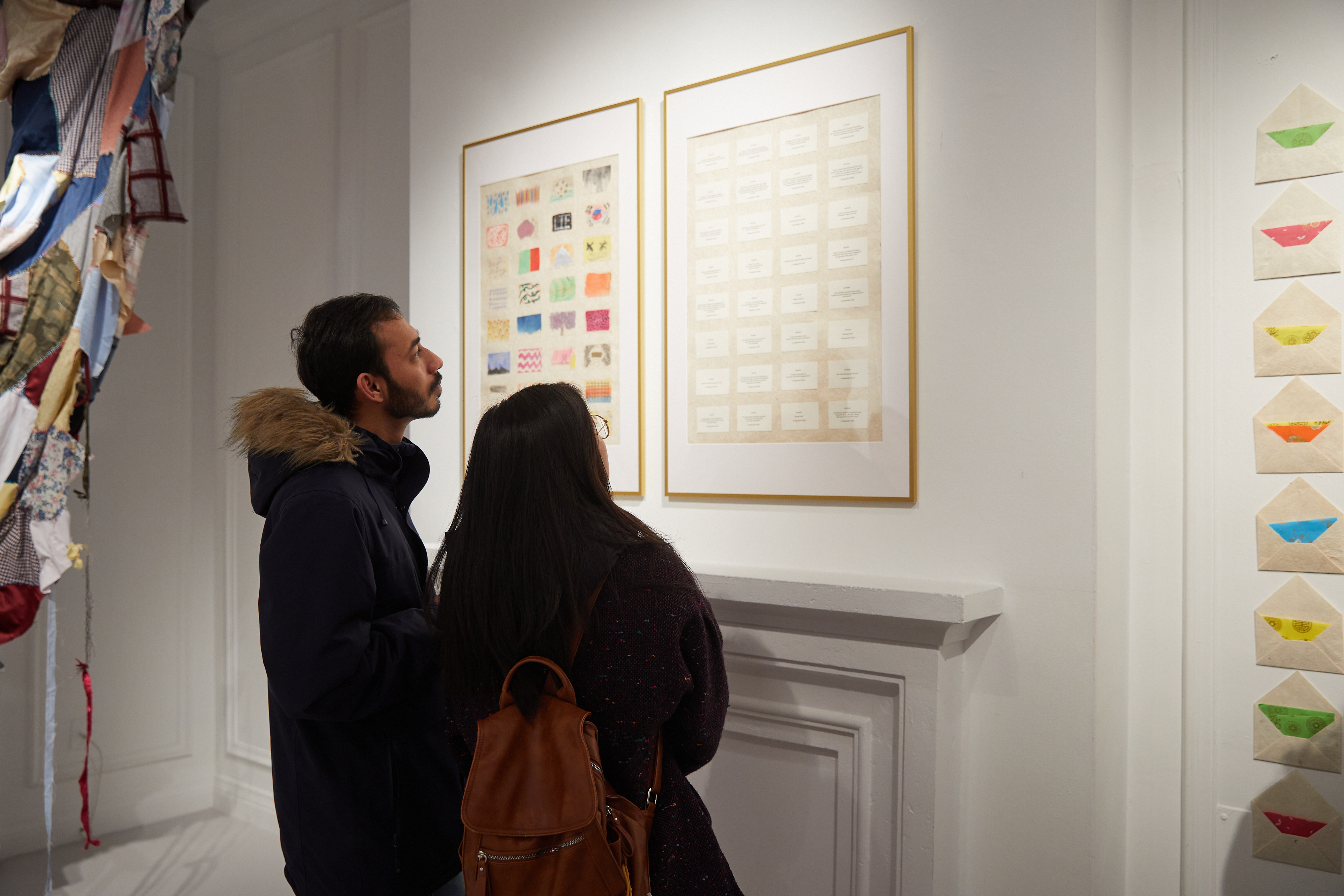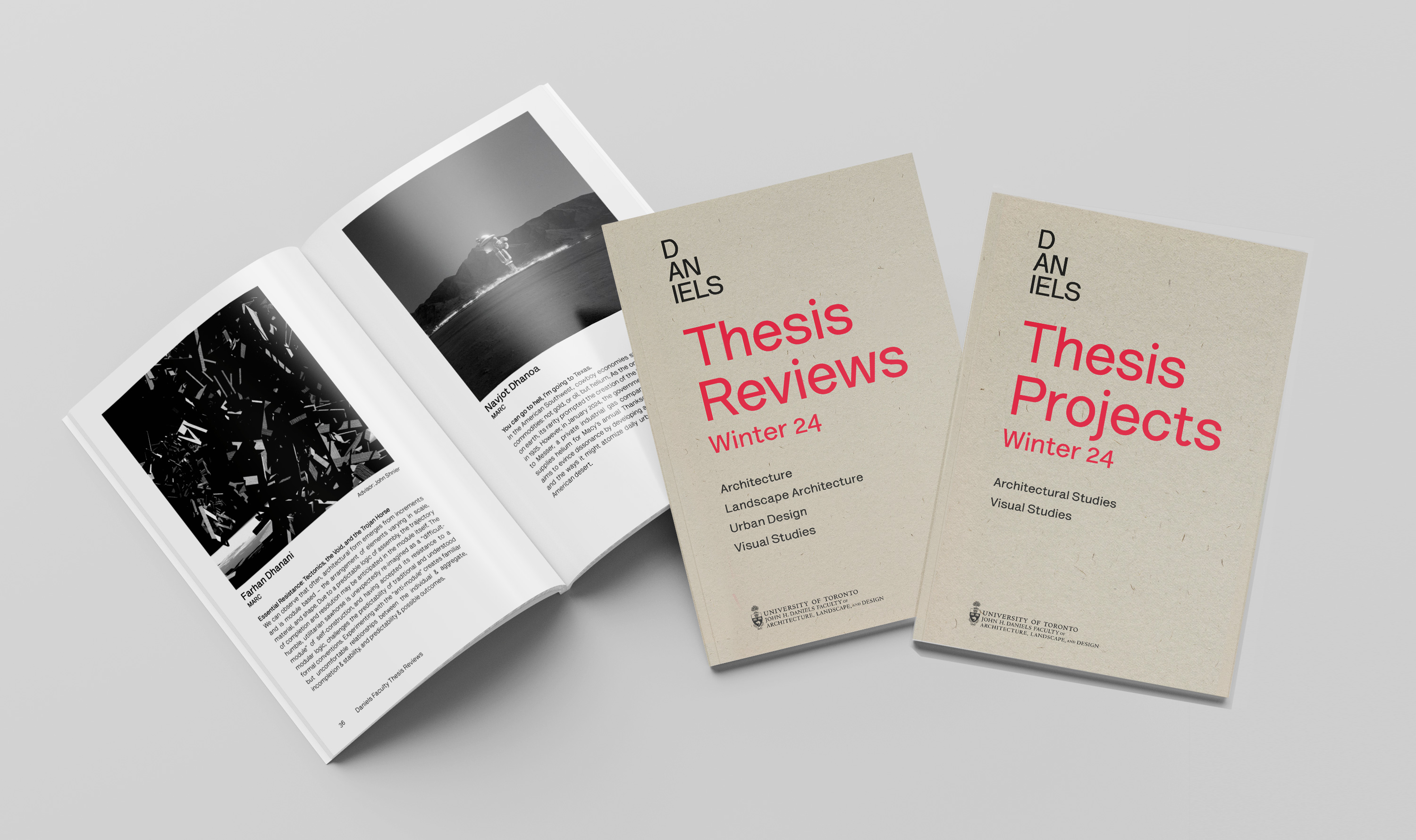04.09.24 - Welcome from Acting Dean Robert Levit 2024-2025
Welcome to the start of the 2024-2025 academic year! Whether you’re a returning student at Daniels or this term is your first, I hope that your time at the Faculty is a happy and productive one. Our school is a special place at the University of Toronto and within the city of Toronto, and we want you to reap as much from your experience here as possible.
Over the next few weeks and months, I’ll look forward to connecting with as many of you as I can. If you have any questions or concerns now or throughout the coming year, please reach out to either the Office of the Dean (daniels-dean@daniels.utoronto.ca) or the Office of the Registrar and Student Services (registrar@daniels.utoronto.ca) at any time.
This year as in previous ones, your coursework will be complemented by an exciting roster of extracurricular offerings. Launching this month, our Fall 2024 Public Program series includes lectures and presentations by some of the leading designers and thinkers in their fields.
Among them this term are Chris T Cornelius of Wisconsin-based studio:indigenous (September 26), multidisciplinary artist Pio Abad (November 4) and Canadian architect Omar Gandhi (November 21). The series will kick off next week, on September 12, with a lecture by this year’s holders of the Frank O. Gehry International Visiting Chair in Architectural Design: Jing Liu and Florian Idenburg of New York practice SO-IL.
In addition, look out for the staging of two new exhibitions at 1 Spadina this term—Urban Domesticity (opening September 12 in the Larry Wayne Richards Gallery on the ground floor of the Daniels Building) and Shaping Atmospheres (in the lower-level Architecture and Design Gallery starting October 2)—as well as a range of year-round activities planned around the National Day for Truth and Reconciliation, Black History Month and other noteworthy dates.
Your schoolwork, of course, will keep you very busy, but I urge you to attend and to take in as many of these inspiring and illuminating events as you can. The Public Program at Daniels is a valuable resource available to our entire community and we hope that you’ll take advantage of it to the fullest.
Have a great first semester!
Robert Levit (he/him)
Acting Dean
John H. Daniels Faculty of Architecture, Landscape, and Design



